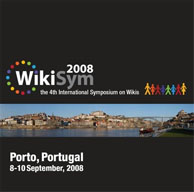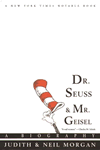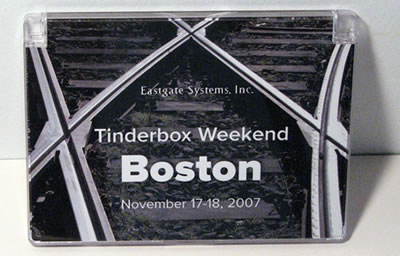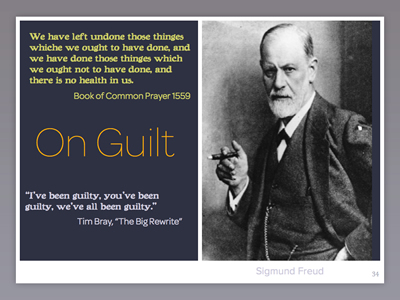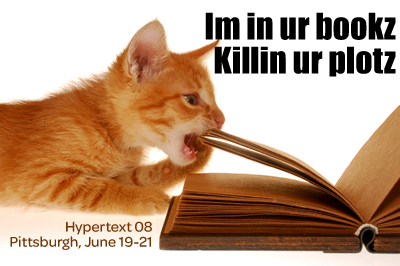At OOPSLA, Fred Brooks, Jr. (The Mythical Man Month and a legendary software manager) showed a slide that compared two kinds of hardware and software designs: those with fan clubs (some of the examples are his, some mine):
- Seymour Cray's computers
- MacOS
- LISP
- EMACS (or vi)
- ruby
and those without fan clubs
- IBM computers
- Windows
- COBOL
- Microsoft Word
- javascript
He observed that, pretty much without exception, the designs with fan clubs have conceptual integrity because they are chiefly the work of one or two people.
Now, it's also interesting to note that some of the unclubbable designs were profitable, and some of the clubbable designs were not. (Sometimes, you get intense fan clubs for products that are otherwise hapless and hopeless: the Amiga computer, say, or languages like APL or FORTH. I shared a cab after OOPSLA with a SNOBOL fan; that takes you back...)
What I want to point out is, whatever their success in the marketplace, the designs that inspire devotion are interesting and important because of the passion they create. We're much to quick to assume that the wisdom of markets is wise. It's not: bad timing or bad marketing or bad execution can matter, too.
One of the defining properties of NeoVictorian Computing is inspiration: the conviction that a design can be, and is, right. This need not mean the arrogant conviction that the design is perfect, nor does it expect or require a proof of optimality. And we don't require a supernatural insistence that some divine spirit instills the design into us. All we need is the sense that this is the best we can do; there might be other answers just as good, but this is your best.
You can't get that in a committee, by definition. And I think this property of conviction, integrity, and passion -- this quality without a name -- is of fundamental interest in a way that friendliness and usability and standards-compliance and fashion are not.

